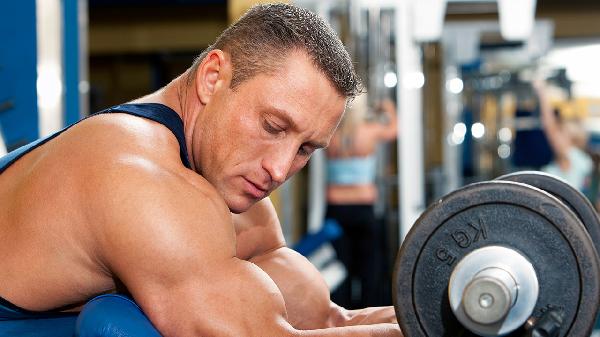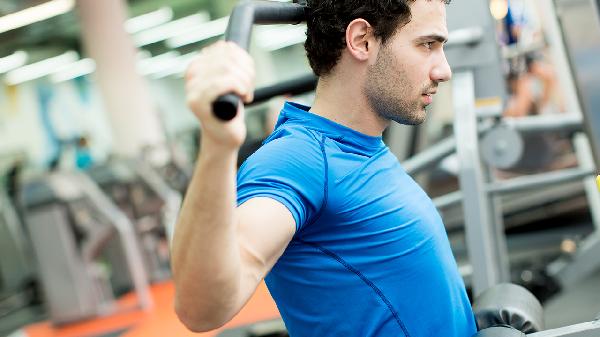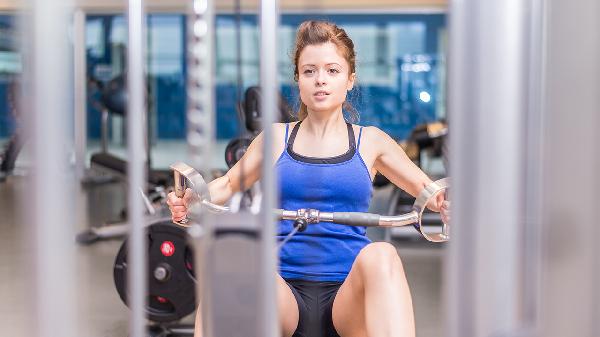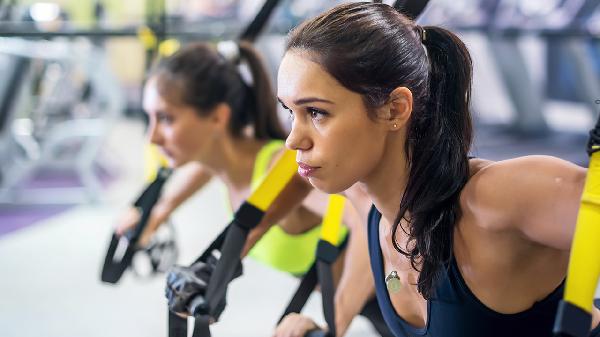If you're dreaming of bigger arms, this dumbbell workout is your golden ticket. Forget endless hours at the gym with minimal results—this routine is designed to pack on serious strength and size efficiently. Dumbbells are one of the most versatile tools for arm development because they allow for a full range of motion, isolate each arm, and force stabilizing muscles to work harder. Whether you're a beginner or a seasoned lifter, this workout will push your arms to new limits.
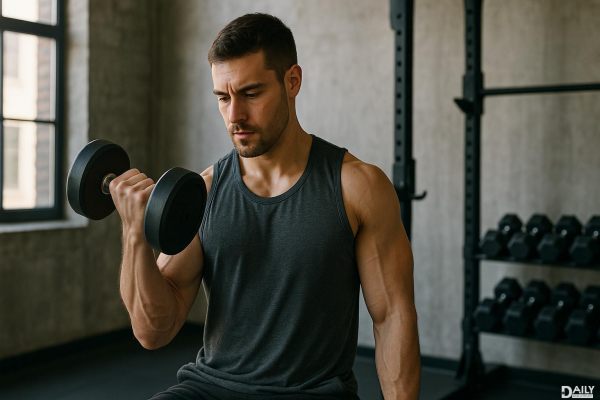
Building bigger arms isn’t just about lifting heavy—it’s about understanding muscle mechanics. Your biceps and triceps are the primary movers when it comes to arm size, but they respond differently to training. The biceps, responsible for elbow flexion, grow best with controlled, tension-focused movements. The triceps, making up two-thirds of your arm’s mass, thrive on volume and compound pressing motions. This workout strategically targets both with exercises that maximize muscle fiber recruitment, metabolic stress, and mechanical tension—the three key drivers of hypertrophy.
Not all dumbbell exercises are created equal. Some movements simply outshine others when it comes to stimulating growth. Here’s a breakdown of the most effective ones:
Dumbbell Bicep Curl: The classic curl is a must, but the key is slow eccentrics (lowering phase) and a full stretch at the bottom. Avoid swinging—keep your elbows pinned to your sides.
Hammer Curl: This variation shifts emphasis to the brachialis, a muscle beneath the biceps that adds thickness and width to your arms. Keep your palms facing inward and maintain strict form.
Overhead Dumbbell Triceps Extension: A killer move for long-head triceps development. Lower the weight behind your head with control, then press up without locking out to maintain tension.
Dumbbell Skull Crusher: Lie on a bench and lower the weights toward your temples, keeping your elbows stationary. This isolates the triceps like nothing else.
This isn’t just a random collection of exercises—it’s a carefully structured plan to overload your arms progressively. Here’s how to execute it:
Warm-Up: Start with 5-10 minutes of light cardio and dynamic stretches to increase blood flow. Perform 1-2 light sets of each exercise to prep your muscles.
Working Sets: Aim for 3-4 sets per exercise, keeping reps in the 8-12 range. The last few reps of each set should feel challenging but not impossible. Rest 60-90 seconds between sets.
Progressive Overload: Each week, aim to increase either the weight, reps, or sets. Small increments add up over time and prevent plateaus.
Even the best workout won’t deliver results if you’re making these errors:
Using Too Much Weight: Ego lifting leads to sloppy form and reduced muscle activation. Focus on controlled movements rather than maxing out.
Neglecting the Triceps: Big arms require big triceps. Many lifters overemphasize biceps and forget that triceps contribute more to overall arm size.
Insufficient Recovery: Muscles grow during rest, not in the gym. Train arms 2-3 times per week max, allowing at least 48 hours between sessions.
No amount of lifting will make your arms grow if you’re not eating right. Here’s what to focus on:
Protein Intake: Aim for 0.8-1 gram of protein per pound of body weight daily. Chicken, fish, eggs, and whey protein are excellent sources.
Caloric Surplus: To build muscle, you need to eat slightly more calories than you burn. A 250-500 calorie surplus is ideal for steady, lean gains.
Hydration: Muscles are about 75% water. Dehydration can impair performance and recovery, so drink at least half your body weight in ounces daily.
Stick with this dumbbell workout, avoid the common pitfalls, and fuel your body properly—those sleeves won’t be able to contain your arms for long. Consistency is key, so stay patient, push hard, and watch your strength and size skyrocket.



